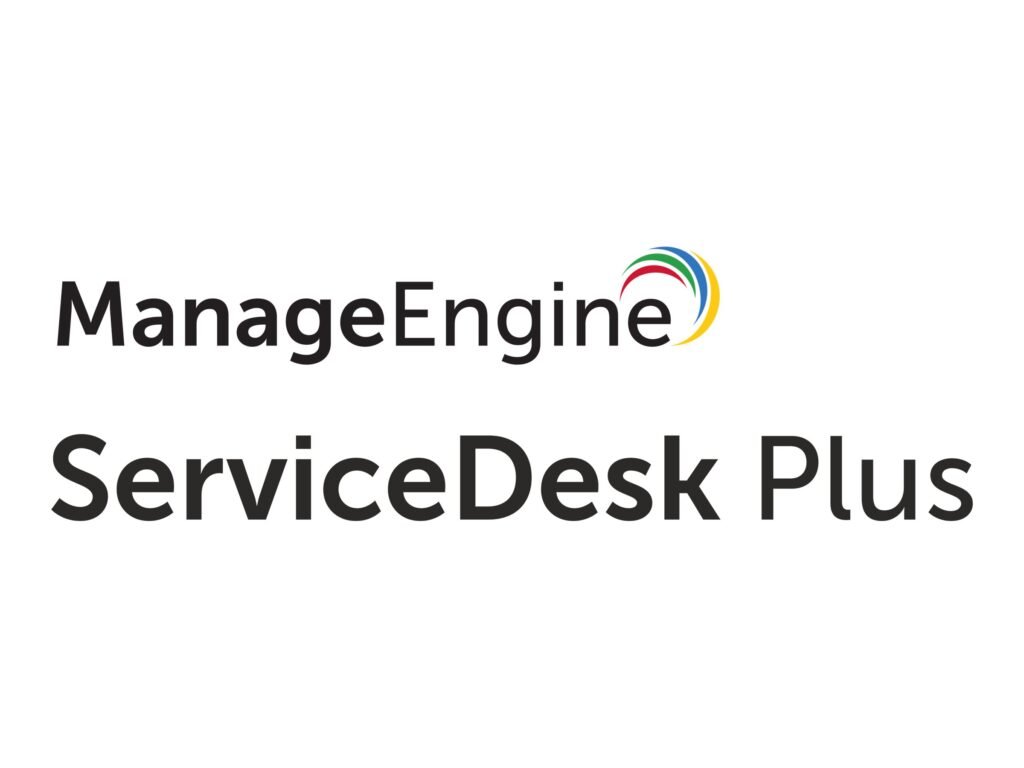In IT service management (ITSM), ManageEngine ServiceDesk Plus stands out as a comprehensive and flexible solution trusted by thousands of organizations worldwide. While it’s packed with features designed to improve service delivery, many users only scratch the surface of what it can truly offer.
Whether you’re new to the platform or looking to optimize your current setup, here are 7 practical tips to help you get the most out of ManageEngine ServiceDesk Plus.
1. Customize the User Portal for Better Engagement
The end-user experiences matter. ServiceDesk Plus allows you to customize the self-service portal with your branding, helpful links, and knowledge base articles. A well-designed portal can reduce ticket volume by enabling users to solve common issues themselves.
Pro Tip: Include dynamic forms and clear service categories to help users submit accurate tickets quickly.
Also Read: Exploring the Core Features of ManageEngine Endpoint Central
2. Implement Automation Rules to Save Time
Manual tasks like ticket assignments, priority tagging, and notifications can slow down your help desk. ServiceDesk Plus offers business rules, auto-assignments, and SLAs to automate these processes.
Use Cases:
- Automatically assign tickets based on category or department.
- Trigger alerts when tickets breach SLA limits.
- Route specific issues to specialized technicians.
3. Leverage the Knowledge Base to Reduce Repetitive Tickets
Empower your users (and technicians) with a robust knowledge base. Document solutions to frequent problems, how-to guides, and troubleshooting tips.
Benefits:
- Faster issue resolution.
- Reduced ticket volume.
- Improved first-call resolution rates.
Keep it updated and encourage technicians to contribute regularly.
4. Use Asset Management to Track and Manage Resources
Don’t let your IT assets become a blind spot. ServiceDesk Plus includes asset discovery and inventory management, helping you track hardware, software, and usage across your network.
Why it matters:
- Simplifies audits and compliance.
- Helps plan for upgrades or replacements.
- Links assets to incidents for faster root cause analysis.
5. Create Custom Dashboards and Reports
Make data work for you. The built-in custom reporting and dashboard tools allow you to visualize key metrics like ticket volume, resolution times, and technician performance.
Suggested reports:
- Tickets by category or technician.
- SLA compliance trends.
- First-call resolution rate.
Use these insights to identify bottlenecks and optimize your support processes.
6. Integrate with Other IT Tools
ServiceDesk Plus integrates seamlessly with a wide range of tools like Active Directory, Microsoft Teams, Jira, and Endpoint Central. These integrations enhance workflow efficiency and minimize context switching.
Example Integration:
- Sync user information via Active Directory for streamlined login and access management.
- Push ticket updates to Teams or Slack for real-time communication.
7. Train Your Team and Review Configurations Regularly
Even the best tool underperforms if users aren’t trained properly. Ensure technicians are up-to-date with new features and best practices. Also, review your workflows, SLAs, and business rules regularly to make sure they still align with your goals.
Bonus Tip: Use ManageEngine’s documentation, webinars, and community forums to stay ahead of updates and trends.
Also Read: Why Every IT Team Needs a Solid Network Monitoring Strategy?
Conclusion
ManageEngine ServiceDesk Plus is more than just a ticketing system – it’s a full-fledged ITSM solution that, when properly configured and managed, can transform the way your IT team delivers service.
By applying these tips, you’ll not only improve operational efficiency but also enhance user satisfaction and demonstrate the real value of IT in your organization.
